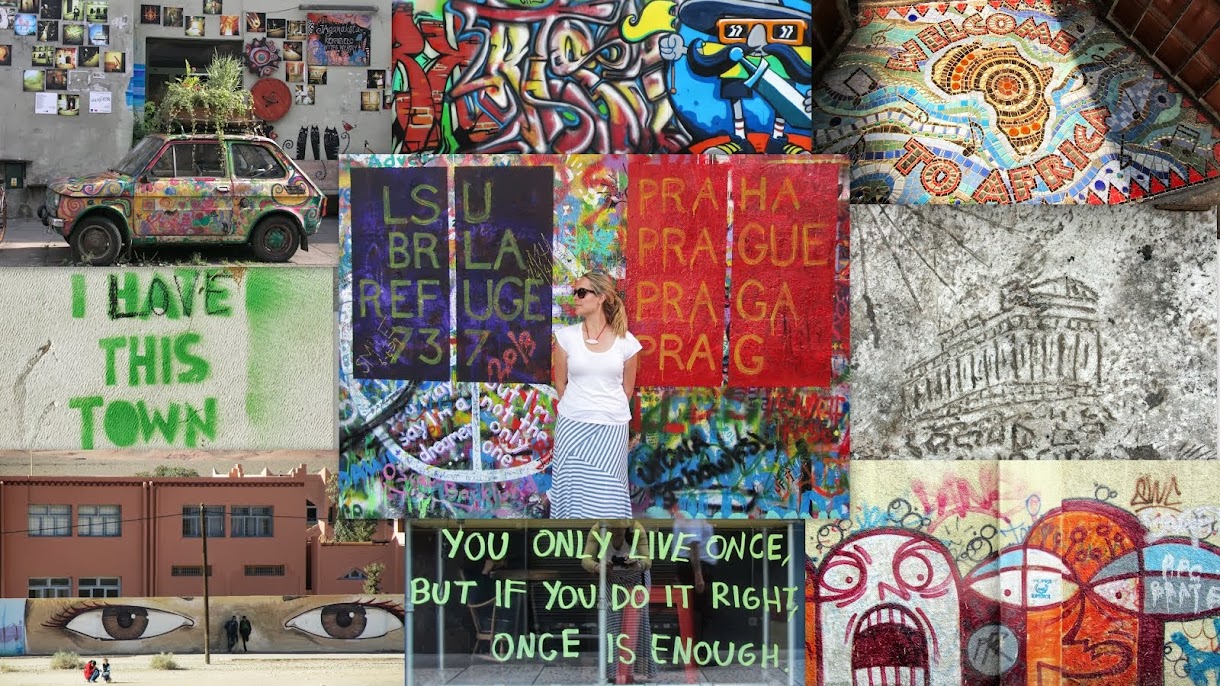"So where's home?" an American lady asked me at one point in my travels.
I never know how to respond. My family is spread out from Germany to Hawaii, I've moved to a multitude of States while in the US, and the longest place I've ever parked myself was in Amsterdam - a city I won't be returning to after this venture is over.
"Uhm... I... I don't really have one," I responded.
She gave me a quizzical look. "You don't have a place to call home? Where did you grow up? Where do your parents live?"
I took a deep breath and began a condensed version of what could be a 15 minute explanation.
I watched her eyes as she tried to gain an understanding. One she never attained. She just stared at me in a pitied disbelief, unsure of how I could be happy as a vagabond.
And sometimes, brief moments, while I'm wandering the streets of a new town I've arrived in, watching people go about their daily routines, my breath catches when I realize: I don't have a home. Not more than a medium sized, expandable, flowery suitcase (which the Japanese love) and a black backpack, that is.
No home.
Homeless.
I know where I've come from, but I don't know where I'm going to. Not a clue where I'll end up. And it's exciting! Freeing.
But I can't say I don't sometimes yearn for a routine. Watching hoards of commuters seated on the back of motorbikes during rush hour in Jakarta, eager to get home after a long day's work, had me longing for the days I spent bicycling home on the congested streets of Amsterdam in the early evening hours.
Daydreaming about a kitchen to use, a sofa to veg on while watching a mindless movie on TV, the same bed to sleep in for more than 3 nights at a time, is something I've caught myself doing on occasion.
It's funny, that. While most daydream about their next holiday destination, their next beach excursion, I daydream about normal life. Not that I'd give up this travel gig for anything. Not yet, at least.
But I'd be lying if I said I never hit a travel wall. A moment where I need a break from hostel, hotel, or guesthouse living. A break from constant planning and movement. And gratefully, in a moment where I hit my first wall, where I wanted nothing more than to lounge around a house for days on end, I was handed that opportunity on a golden platter. And I took it.




























